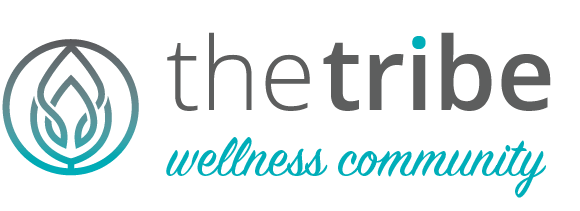It has been estimated that there are 23 and a half million persons in the U.S. recovering from some form of a problem with alcohol or other drugs, but there is still a stigma associated with addiction and little accurate knowledge by the general public about recovery and the benefits thereof. The results of the first nationwide survey of persons in recovery may go a long way toward educating the public, including recovering individuals, about recovery and its benefits. Here are the key findings of the survey as listed in the report's executive summary:
KEY FINDINGS
• On average, participants had been in active addiction for 18 years and entered recovery at age 36. Over half had been in recovery for 10 years or longer at the time of the survey.
• Survey findings document the many heavy costs of addiction to the individual and to the nation in terms of finances, physical and mental health, family functioning, employment, and legal involvement. For example, two thirds of respondents reported having experienced untreated mental health problems, half had been fired or suspended once or more from jobs, half had been arrested at least once, and a third had been incarcerated at least once.
• Recovery from alcohol and drug problems is associated with dramatic improvements in all areas of life: healthier/better financial and family life, higher civic engagement, dramatic decreases in public health and safety risks, and significant increases in employment and work. Following are specific findings comparing recovery experiences with active addiction:
– Paying bills on time and paying back personal debt doubled.
– Fifty percent more people pay taxes in recovery than when they are in active addiction.
– Planning for the future (e.g., saving for retirement) increases nearly threefold.
– Involvement in domestic violence (as victim or perpetrator) decreases dramatically.
– Participation in family activities increases by 50%.
– Volunteering in the community increases nearly threefold.
– Voting increases significantly.
– Frequent utilization of costly emergency room departments decreases tenfold.
– The percentage of uninsured decreases by half.
– Reports of untreated emotional/mental health problems decrease over fourfold.
– Involvement in illegal acts and involvement with the criminal justice system (e.g., arrests, incarceration, DWIs) decreases about tenfold.
– Steady employment increases by over 50%.
– Twice as many people further their education or training.
– Twice as many people start their own businesses.
It is my hope that the results of this survey find widespread publicity. It provides at least some data to support largely anecdotal information that recovery from addiction happens and is worth it. As always, comments are invited. Jan Edward Williams, 05/21/2013.



